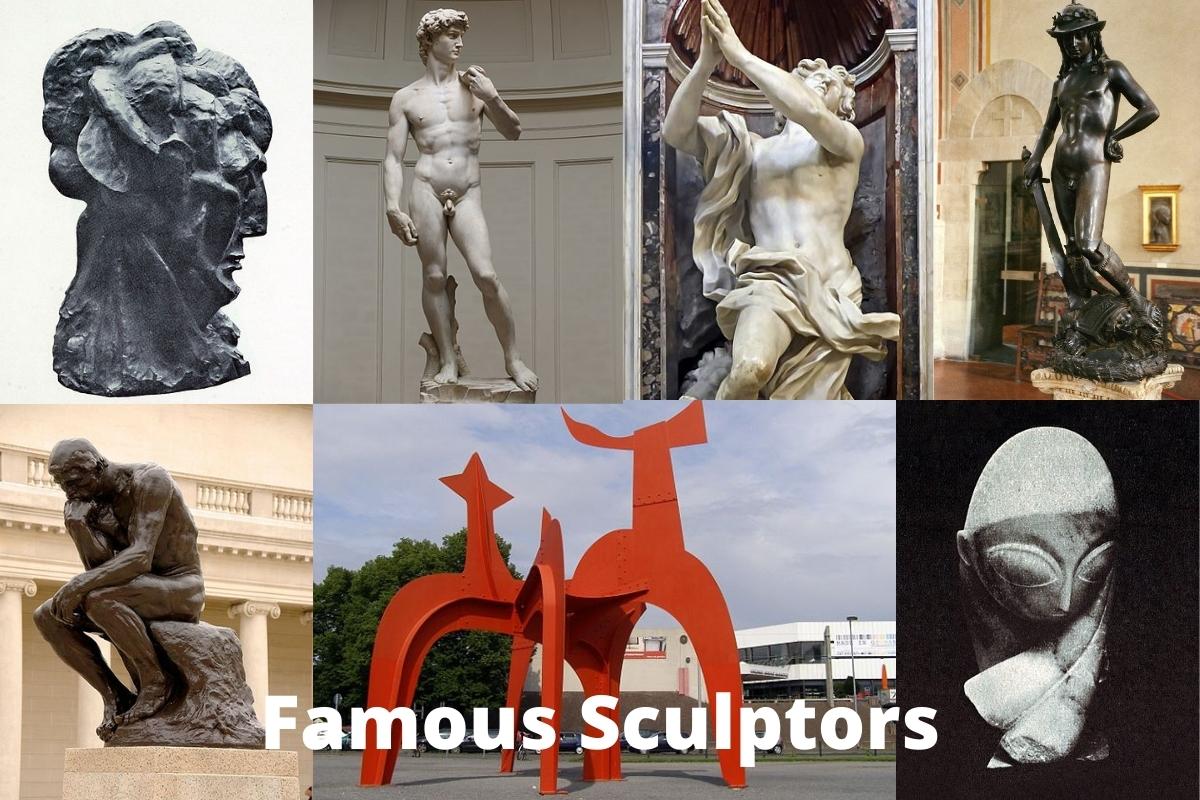Sculpture is viewed as one of the more awe-inspiring forms of artistic expression. The ability to see a work in three dimensional form makes it possible for an artist to convey a greater sense of meaning to the viewer than any two-dimensional work .
Throughout history, there have been artists who are especially gifted when it comes to producing sculptures, from ancient times all the way into modern day.
Sculpture is often more respected as it involves a much greater sense of finality due to the fact that an artist isn’t capable of adding to their medium, only to remove material away from the original form.
In this article, we will explore some of the most famous sculptors from history and discuss their background and why their works are considered to be among the greatest masterpieces of all time.
Famous Sculptors
1. Auguste Rodin
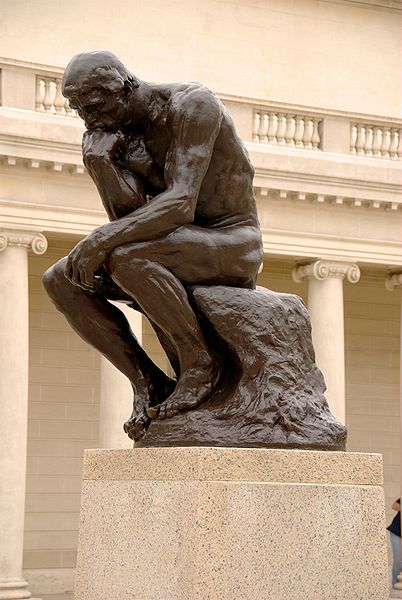
Auguste Rodin is often recognized as the father of modern sculpture. Born in France in 1840, Rodin endured a somewhat tumultuous life in his early years that nearly discouraged him from becoming an artist.
He wanted to attend the prestigious École des Beaux-Arts in his teens, but was denied three times. He worked for decades as a craftsman, but completely abandoned his pursuit to be an artist after the death of his sister in 1862.
Also Read: Famous French Sculptors
He joined a Catholic order that same year, but it was Saint Peter Julian Eymard who noticed Rodin’s incredible talent and encouraged him to resume his life as a sculptor. He was forced into the Franco-Prussian war for a short time and actually lived in poverty until his early 30’s.
It was a trip to Italy in 1875 that sparked his creativity after having studied the sculptures of Donatello and Michelangelo.
After this, Rodin was inspired to create a number of masterful pieces of sculpture that are considered to this day to be among the greatest works in history. He is credited with producing a work known as The Thinker, which many point to as the most iconic sculpture in the world.
Also Read: Rodin Sculptues
He dedicated most of the last 40 years of his life to working on an expanse of sculptures that formed what Rodin titled The Gates of Hell. The pieces associated with this work are considered to be Rodin’s greatest accomplishments.
2. Michelangelo
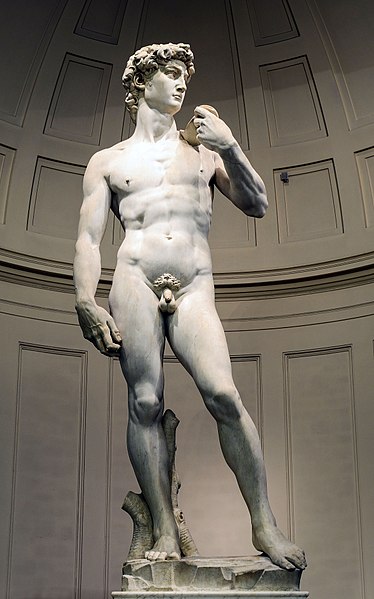
Michelangelo di Lodovico Buonarroti Simoni was born in Italy in 1475 and is considered to be one of the three most prominent figures of the Italian Renaissance movement.
He is more commonly known as Michelangelo and many art historians and critics see him as the quintessential Renaissance man since he is known to have produced a number of incredible paintings, architectural creations, sculptures and also literary works.
Also Read: Famous Renaissance Sculptors
Throughout his childhood and as a teenager, Michelangelo studied under some of the most noteworthy figures during the early Renaissance era.
He intensely studied the human form and even dissected human cadavers to gain a better grasp of anatomy, which many historians see as one of the reasons why he was capable of creating sculptures that were extremely realistic.
Michelangelo’s Pieta, as well as a few other sculptures are widely considered to be among the greatest masterpieces ever made. He famously painted the ceiling of the Sistine Chapel and also produced other notable paintings during his career. Michelangelo’s depiction of David is viewed as one of the greatest statues in history.
3. Louise Bourgeois
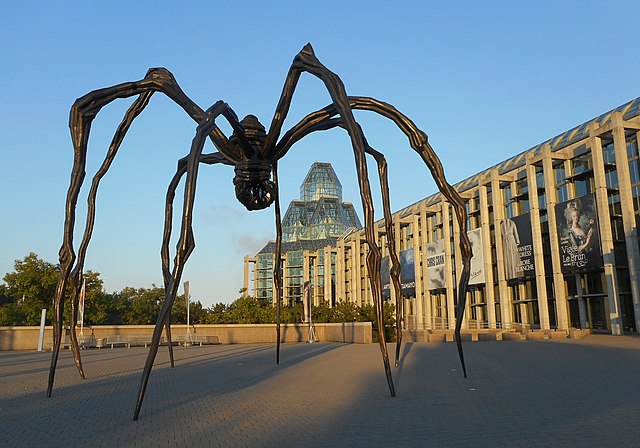
Louise Bourgeois is viewed as one of the greatest sculptors of the modern era. She is easily one of the most influential figures in the modern era, but is not associated with one single art movement.
Bourgeois is instead credited as a powerful creative mind that helped shape the Modernism movement, as well as that of Surrealism and others that involve abstract sculpture and painting.
Born in France in 1911, Bourgeois spent a large portion of her youth devoted to the study of mathematics. The death of her mother marked a time in which Bourgeois turned to the study of art in 1932. She took a position as a tour guide at the Louvre Museum in Paris and became especially interested in sculpture.
Bourgeois moved to New York City in 1938 and began to produce abstract sculptures that many critics view as some of the most transformative works of the modern era.
Bourgeois often used bizarre methods of creating her sculptures and it was through the use of things like metal, marble and even animal bones to convey different meanings.
Her works are recognized as some of the most powerful sculptures of the early Feminist movement. She is considered to be one of the greatest activist artists of the 20th century.
4. Constantin Brâncuși
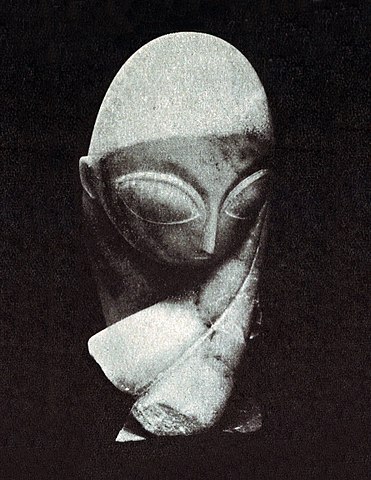
Constantin Brâncuși is another one of the more influential figures from the 20th century who is a renowned sculptor, as well as a painter and photographer. He was born in Romania in 1876 and is often referred to as the patriarch of modern sculpture.
Brâncuși utilized various types of metallic material and wood to create many of his most celebrated sculptures and critics view his creations as some of the more meaningful abstract works from the 20th century.
Brâncuși’s works were unique in that he sought to portray the essence of the figures he sculpted instead of merely creating a copy of the external appearance. He studied under Auguste Rodin in the early 1900s and soon departed from Rodin’s workshop after having received high praise from Rodin and his peers.
Brâncuși is said to have commented “Nothing can grow under big trees” when asked about his departure from the famous sculptor’s studio workshop so suddenly.
Many of Brâncuși’s famous sculptures are done using simple, yet deliberate techniques in carving and sculpting. He created controversial works that some critics viewed as scandalous in some cases. Brâncuși is remembered for his distinct style and perspective on the art of sculpture.
5. Pablo Picasso
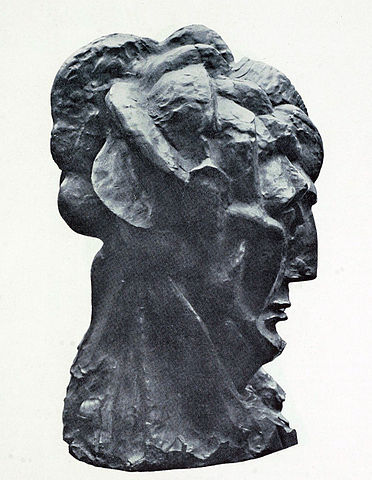
Pablo Picasso is one of the more highly-regarded artists of the 20th century who is more famous for his paintings than his other creations. His sculptures are some of the more intriguing and influential works in the Surrealism style and other abstract movements.
Picasso was born in 1881 and grew up in rural Spain, but spent the majority of his adult life in France, which was still a bustling hub of artistic expression during the early 1900’s.
Many of Picasso’s most notable paintings were said to have been greatly influenced by Iberian sculpture and other types of African artifacts he viewed at different museums in Paris in the few years after he moved to the city.
Many of his most well-known sculptures are abstract works that were often viewed as ambiguous or even controversial in a few cases.
He used things like plaster, wood and metal to create various surreal sculptures and casts. He is regarded as one of the founding members of the Cubism movement and Picasso’s sculptures are among the most celebrated works in the Cubism style.
6. Henry Moore
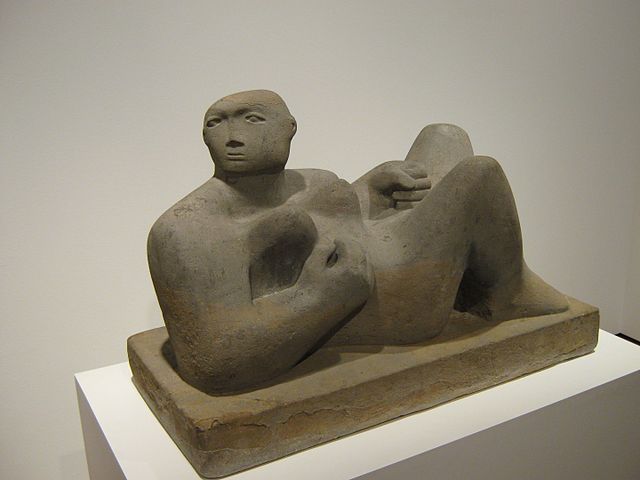
Henry Moore is an English artist that is recognized as one of the more talented abstract sculptors of the 20th century. Many of his most well-known works include various public sculptures that involve the human figure, animals or different geometric shapes.
Moore was born in 1898 in Yorkshire, England to a somewhat poor family. The artist remarked that he decided to become a prominent sculptor at the age of 11 when he heard of the great accomplishments made by Michelangelo.
Many of Moore’s most widely-acclaimed works from his early career involve depictions of a mother and child and other human forms. He is known for his ability to produce sculptures on a massive scale, with many of his most notable works being several feet tall and weighing more than a ton.
Moore is best known for his works that are made of large-scale abstract bronze casts or carved marble. Many of his sculptures were commissioned by cities or organizations to be displayed outside.
7. Gian Lorenzo Bernini
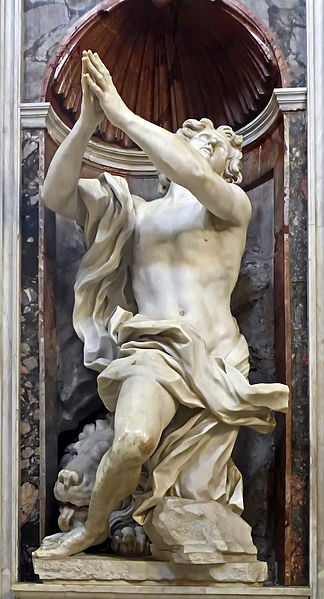
The Baroque era was a time in which many artists focused their efforts on producing works that depicted figures from the Christian religion, particularly the Catholic faith.
Gian Lorenzo Bernini is often considered to be an iconic sculptor from this era and he is credited with making some of the most defining sculptures of the 17th century. Born in Naples, Italy, Bernini was considered by many to be a child genius and some even deemed him the “Michelangelo of his century.”
Also Read: Famous Statues in Rome
His genius showed in the many different mediums Bernini was capable of creating with. He was an exceptional painter, but produced masterful architectural designs such as the Piazza San Pietro and the colonnades in front of Saint Peter’s Basilica.
Many of Bernini’s bust sculptures are regarded as some of the greatest masterpieces of the 17th century.
8. Donatello
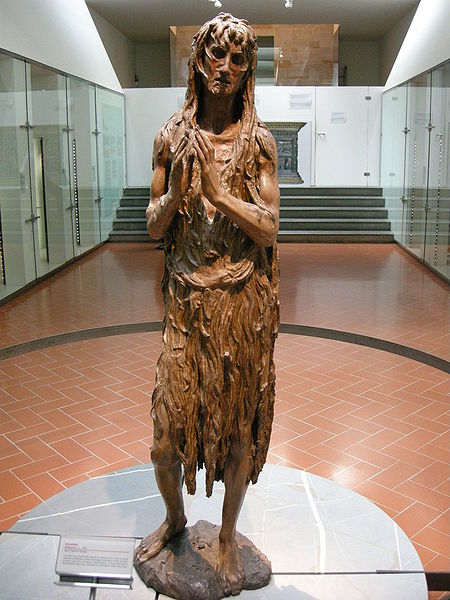
The later years of the Italian Renaissance era often include some of the more famous figures from the movement as a whole. Donato di Niccolò di Betto Bardi, better known as Donatello, is considered to be the most important artist from the early Renaissance who likely influenced the likes of Leonardo da Vinci and Michelangelo.
Born in Florence, Italy in 1386, Donatello began training as a goldsmith and was an apprentice to the celebrated architect and designer, Filippo Brunelleschi.
Many of Donatello’s works featured figures from the early Christian movement like John the Baptist and many of the disciples of Jesus.
His depiction of the Bible’s David is one of Donatello’s most famous sculptures, but many other works such as Penitent Magdalene, Saint John the Evangelist and others are among the greatest from the early Renaissance era.
9. Alexander Calder
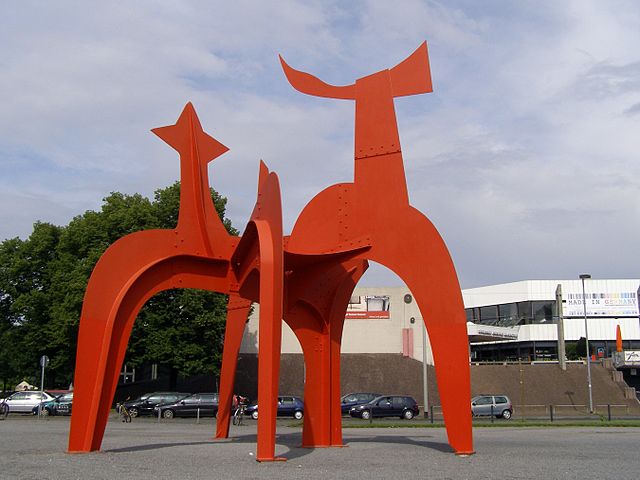
Alexander Calder was a pioneer of the modern art movement who is credited with major accomplishments in producing kinetic art sculptures that utilize motors or even air currents as part of their display.
He was born in Pennsylvania in 1898 to a family of artists and Calder’s early works grabbed the attention of some of the most distinguished critics, museums and galleries in the world.
Many of Calder’s most well-known artworks are towering sculptures that sit outside some of the most prominent art museums in the world such as the Scottish National Gallery of Modern Art and the Moderna Museet in Stockholm, Sweden.
10. Alberto Giacometti
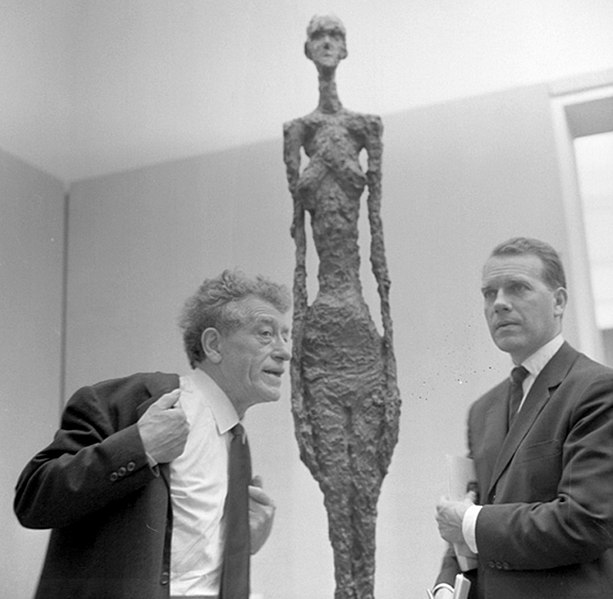
Alberto Giacometti was another famous sculptor who was born into a family of established artists. His father, Giovanni, was a celebrated Impressionist painter who encouraged the young Alberto to pursue his interests in the arts from a very young age.
Giacometti was born in Switzerland in 1901 and is regarded as a prominent sculptor who worked in movements such as Surrealism, Cubism and Expressionism throughout his career.
Giacometti’s training comes from the lineage of Rodin as he spent years studying under Antoine Bourdelle, who was a close associate of the famous sculptor.
During his lifetime, he was considered to be one of the most brilliant artists and created works that were distinctly-shaped or sometimes disfigured. When asked about his work, Giacometti is said to have remarked that he was not sculpting the human figure, but rather the “shadow that is cast.”

